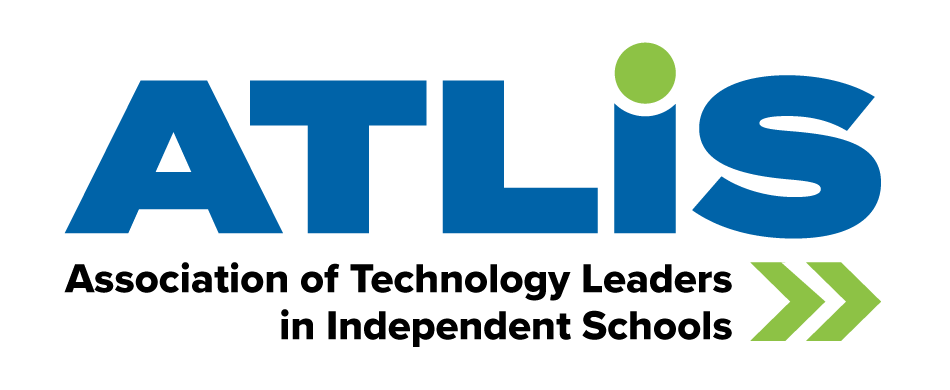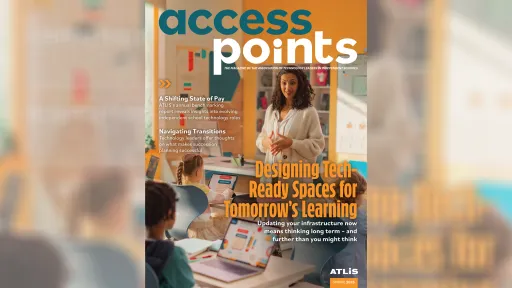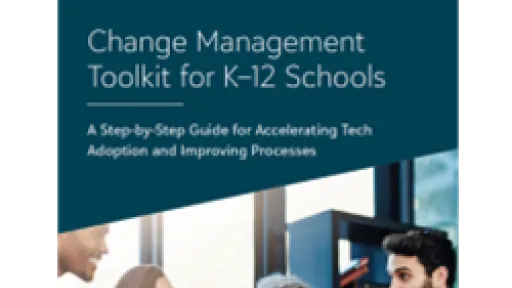Independent schools face a familiar challenge when it comes to technology support: should you build a fully in-house IT team, buy outside services, or create a blended approach? Each model has strengths and tradeoffs, and the right choice depends on your school’s culture, resources, and long-term vision.
This article explores the pros and cons of each model and offers practical guidance for directors of technology and school leaders making strategic decisions.
Why go all-in on an internal team?
Having your own IT staff creates strong alignment with school culture. Faculty and staff value the immediacy of support when they can walk down the hall and see a familiar face. Your team knows the rhythm of the academic calendar, the quirks of your infrastructure, and the expectations of your community.
The downside is sustainability. Recruiting and retaining skilled professionals is a challenge for independent schools competing with corporate salaries. Turnover risks can leave leadership scrambling. Building a team also requires investment in training, professional growth, and succession planning all of which demand time and money.
The appeal of outside support
Managed services offer something most independent schools can’t maintain internally: consistent access to specialized expertise. Outsourcing can fill gaps in areas like cybersecurity, cloud migration, or infrastructure upgrades. It can also provide scalable help during peak times, such as the first weeks of school when tickets spike.
For smaller schools, outsourcing may be the only viable way to provide 24/7 coverage. For larger schools, it can supplement an internal team with expertise they don’t have time to develop in-house. Predictable costs also help heads of school and CFOs with long-term financial planning.
The challenge lies in finding partners who understand independent school culture. A purely transactional relationship can frustrate faculty and staff if outside providers don’t integrate with the mission and daily life of the community.
Why blended models are gaining traction
Increasingly, independent schools are adopting a hybrid approach. This model preserves the relational benefits of an on-campus team while leveraging external services for specialized expertise and flexible capacity.
For example, your internal team may handle classroom troubleshooting, while outside partners provide network monitoring and cybersecurity oversight. Or you may rely on managed services for project-based work while your team focuses on supporting faculty and integrating new learning tools.
This approach reduces institutional risk as well. If a staff member leaves, the school isn’t left without critical documentation or coverage. A blended model also allows leaders to scale external support up or down depending on the season.
Three questions for school leaders
When working with heads of school or CFOs, you might frame the conversation around three key questions:
- What must stay in-house? Daily classroom and student support may require a visible on-campus presence.
- Where are we struggling to recruit or retain? Specialized roles such as cybersecurity analysts or systems architects may be better supported externally.
- How do we flex with demand? Outsourcing peaks during back-to-school season or major projects can prevent burnout for internal staff.
These questions keep the focus on mission-driven strategy, rather than simply staffing numbers.
A strategic choice, not a binary one
Ultimately, the choice isn’t about outsourcing versus insourcing, it’s about designing a model that supports your mission.
An intentional service model aligns with your school’s mission, manages risk, and ensures that your community experiences technology as an enabler and not a barrier. Whether you build, buy, or blend, the goal is the same: to ensure technology strengthens your school community rather than straining it.




